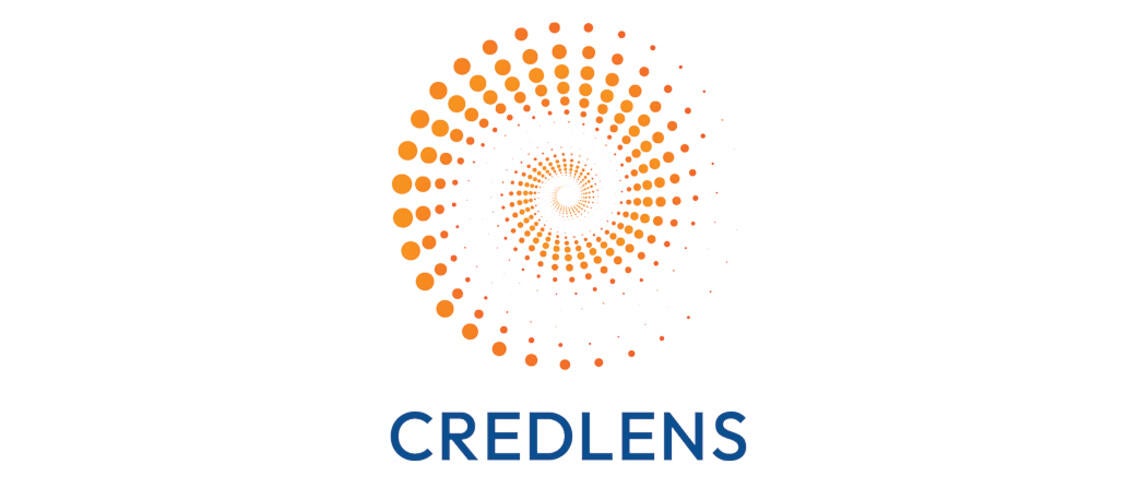IT Award Nomination Indiana
Indiana IT Award Nomination: Redesigned Employer Self Service System
Contact Information of Individual Submitting Nomination
Nominator: Dave Shatkowski
Email Address: dshatkowski@dwd.in.gov
Agency Name: Indiana Department of Workforce Development
Redesigned Employer Self Service System
The Indiana Department of Workforce Development’s Employer Self Service system, or ESS for short, was redesigned using employer input over a two-year period and launched in March 2019. DWD’s Unemployment Insurance division has used technology to eliminate the contribution report without also eliminating the wage base credit for multistate employers that have workers permanently relocating to Indiana during the calendar year. By eliminating the contribution report in favor of some additional reporting fields, the agency has significantly improved data integrity with regard to quarterly wage reporting while reducing the time lag for the data by over two months. Indiana overhauled the ESS system for these five reasons: 1) provide for a direct file upload into ESS for quarterly reports, including bulk filing of multiple employers for agents; 2) allow for the automatic calculation of taxable wages (the employer no longer has to do it); 3) enable voluntary reporting of SOC codes by employers; 4) improve the user experience for manually entering wage records; and 5) give the system a new modern look and user interface for all screens. Overall, the new ESS has been well received over the past nine months as employers have begun using the enhanced system.
Describe the series of accomplishments the nominated state has made in information technology over multiple years.Response (400 word limit).
DWD launched the first version of DWD’s internet based UI System, called Uplink, in 2006 and 2007. Uplink was limited to Employer Self Service (ESS), Claimant Self Service (CSS) and Data Capture Imaging & Workflow was originally launched in 2006-2007. Electronic correspondence, employment timeline, and crossmatches such as with the Bureau of Motor Vehicles were not developed yet. Everything was bridged to legacy for claim eligibility determinations and transaction processing. Some early deployments from 2007- 2009 included adjudication workflow, additional/reopens for weekly claims in CSS, automated processing of base period discharge and unit, DUA application outline in CSS, online filing in CSS, question for claimant in initial UI claim filing, online filing of weekly vouchers, and request for federal certification in ESS. A series of legislative changes from 2008 through 2012 resulted in numerous modifications and conversions to both systems with regard to items such as retroactive payments, employer surcharges and taxable wage bases. Since 2014, many enhancements have been made to both systems including an interface with the Bureau of Motor Vehicles, integration with the Secretary of State’s INBiz system, and migration of new software and databases.
Identify how the nominated state has contributed to the greater workforce development community as well as his/her individual state.Response (400 word limit).
By providing the agency’s Research and Analysis division with data more quickly, adding SOC code information, and eliminating overreporting of monthly employment, the Indiana Department of Workforce Development has enhanced its ability to inform data driven decisions by the regional workforce development boards, economic development counsels, employers, and others. The agency is very confident that it will have true time-series data for monitoring employment and employment trends. While sampling is a good basis for projecting needs and results, time-series data is clearly superior for economic modeling. Many benefits have already been realized from the new ESS in just nine months. First, a major increase in electronic filing via ESS (from 36 percent of employers that filed first quarter 2018 reports electronically to 87 percent in the first quarter 2019). Second, a major decrease in length of processing period for wage records (90 percent of anticipated total wage records were received 30 days earlier in 2019 than for the same quarter in 2018). And third, employer voluntary compliance with SOC code reporting has improved significantly (from 18 percent of wage records with a valid code in the first quarter of 2019 to 30 percent in the second quarter of 2019.
Examples of work
IN - ESS Videos 2020.pdf (11.7KB)
IN - ESS Collateral 2020.pdf (13.6KB)
IN - SOC Code Look-Up 2020.pdf (11.6KB)
IN - SOC Code Reporting - 2019 - Smartsheet.com.pdf (217.9KB)
IN - Agency Approval Letter 01 06 2020.pdf (243.2KB))






































